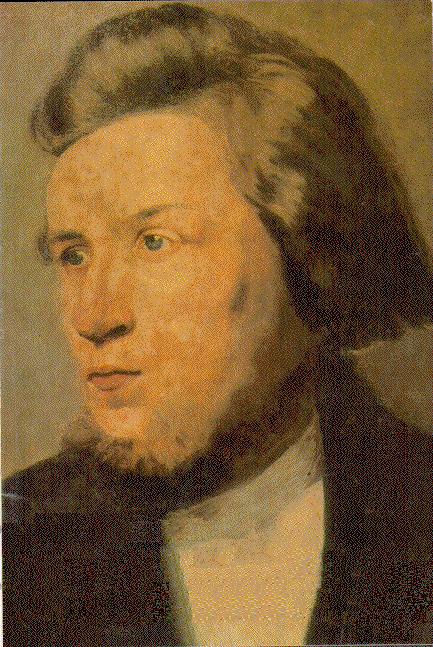
Last Saturday I ventured outside my comfort zone to make the perilous drive to downtown Minneapolis (one of the still unburned parts), to hear a lecture. The lecture was delivered at the Mindekirken, the Norwegian Memorial Church (there’s one in Chicago too), where they hold a Norwegian language service every Sunday. You’d think I’d go there all the time, but they’re not really my kind of Lutherans. However, they offer cultural and language programs too, and I lectured myself there once, at one of their regular lunchtime events.
One reason I don’t go there more often is that it’s an awful place to drive to. The conservative Center Of the American Experiment, based here in Minnesota, has documented the fact that our city planners have it as an explicit goal to make driving around here as inconvenient as possible – so we peasants will be compelled to use buses and the wonderful light rail they’re forcing us to pay for. I don’t think I’ve ever driven to the Mindekirken without getting turned around in some way – even with GPS.
Anyway, I arrived at last, only a few minutes late. I came in during the introduction, so I didn’t miss any of the lecture.
The lecturer was my online friend, Pastor Thomas E. Jacobson, who has recently had a book released. It boasts the surprising title, Pain In the Belly: The Haugean Witness In American Lutheranism. I’ve written about the Norwegian lay evangelist Hans Nielsen Hauge many times before in this space – just do a search in the box up above if you’re curious. We Haugeans (I still identify as a Haugean) have been called a sect, but we never separated from Lutheranism or denied its basic tenets. In Norway, the Haugeans in any parish tended to pool their money to build a “bedehus,” a prayer house. There, after having attended regular services in their local Lutheran churches, they could gather among themselves and hold “edification meetings” and other social and educational functions. Many bedehuser still exist in Norway, and continue to be used for something like their original purpose.
I haven’t read Tom’s book yet, but I thought I’d give it a plug here anyway. It focuses on the influence of the Haugeans on Lutheranism in the USA. The title comes from a comment made by a Haugean leader when the old Hauge Synod at last agreed to join a church merger. When told that a theologian in one of the more conservative groups entering new church body had said that he rejoiced that the Haugeans would now be “swallowed up” in mainstream Lutheranism, this man said he expected to cause them “a pain in the belly.”
Sadly (in my view), in the long run the new church body and its successors turned out to have a pretty iron digestion.
In any case, we sang a hymn that Hans Nielsen Hauge wrote in 1799, “With God in Grace I’m Dwelling.” He wrote it during one of his imprisonments for illegal lay preaching. I looked for a video of somebody singing it, but as far as I can tell nobody has ever been bold enough to perform the hymn and leave a permanent record. So I’ll just transcribe a couple verses here. A common tune used for it is “Passion Chorale,” the one we use for “O Sacred Head, Now Wounded.”
With God in grace I’m dwelling,
What harm can come to me
From worldly pow’rs compelling
My way thus closed to be?
Though they in chains may bind me
Inside this prison cell,
Yet Christmas here can find me;
Within my heart ʼtis well.
Our God has promised surely
To free each seeking soul,
Who walks in spirit purely
With truth as way and goal.
Whose heart the world’s deceiving
Can never lead astray,
Who, constantly believing,
Will walk the Kingdom’s way.
God grant us now His power,
And help us by His might
To follow truth this hour,
All guided by His light;
And may we work together
As one in mutual love,
Forsaking self and gather
At last in heav’n above.
(Translation: P. A. Sweegen, 1931)




